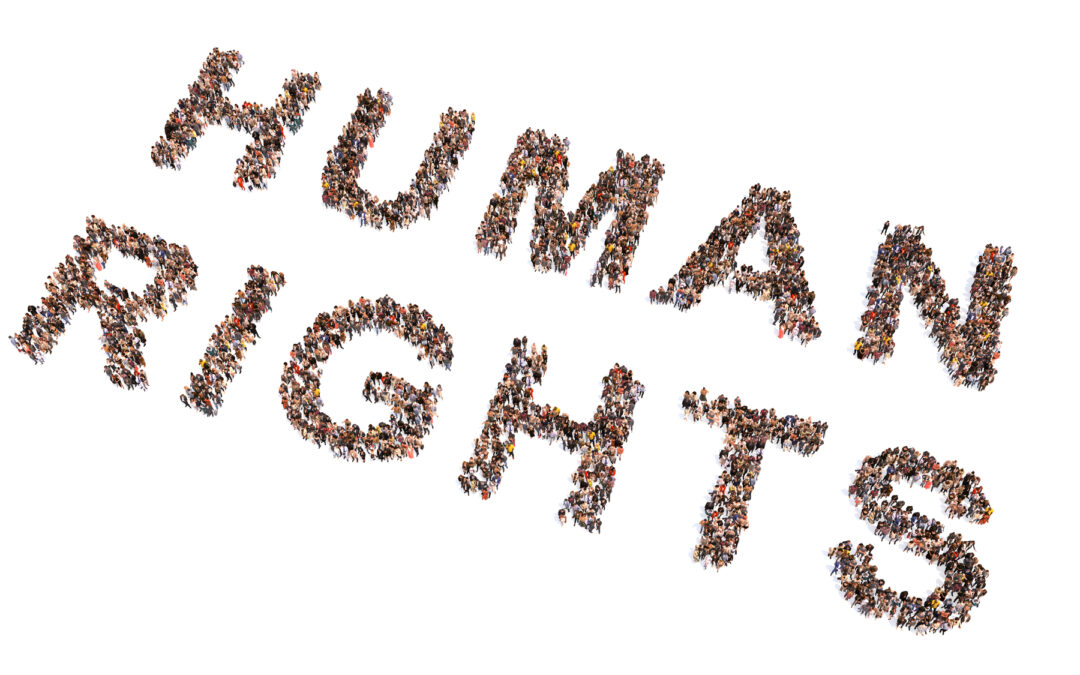The Jewish Tradition of Organizing and Fighting for the Rights of Others
On June 20, 1964, Andrew Goldman and Michael Schwerner joined James Cheney, a 21-year-old Mississippi native, on a drive from Meridian, Mississippi to Philadelphia, Mississippi, to view the damage done by the Ku Klux Klan to the Mount Zion Methodist Church, the site of a “Freedom School” established to help African Americans move toward social, political and economic equality. The three were subsequently arrested by a local sheriff (a member of the KKK) and turned over to the other members of the Klan, who killed and buried them. Cheney was of African American heritage, but both Goldman and Schwerner were Jewish, carrying on a long practice of activism and involvement in the American civil rights movement.
The Roots of Jewish Participation in the American Civil Rights Movement
Jewish individuals and Jewish organizations have been important players in the American civil rights movement from its inception. When the National Association for the Advancement of Colored People was established in 1909, a number of Jewish people were integrally involved, including Julius Rosenthal, Rabbi Emil Hirsch, Henry Moskowitz, Stephen Wise and Lillian Wald. Jewish activists were also among the founding members of the Committee on Urban Conditions Among Negroes (1910), which later became the National Urban League. Two years later, Julius Rosenwald and Booker T. Washington formed an alliance to promote educational opportunities for Southern Blacks.
The Spingarn brothers—Joel and Arthur—were both at the forefront of the growth of fledgling civil rights organizations in the United States. Joel, a professor of comparative literature at Columbia University, became a member of the NAACP shortly after it was created and served as its chairman from 1913 until 1919, and as its president from 1930 until he died, in 1939. Arthur, a graduate of the Columbia Law School, took over the presidency of the NAACP in 1940 and held that position for 25 years.
The Anti-Defamation League also had its origins in the years immediately preceding the First World War. Founded in 1913, The ADL initially focused on battling antisemitism, but expanded its reach by actively campaigning for both the Civil Rights Act of 1964 and the Voting Rights Act of 1965.
Jewish Involvement in the Modern Civil Rights Struggle
Jewish activists were also early supporters of the civil rights movements of the 1950s and 1960s. Studies show that approximately one of every two Whites who went to Mississippi during the Freedom Summer were Jewish, as were half of the civil rights attorneys working in the American South at the time. Many of those Jewish lawyers worked for the NAACP, including Charles Houston and Jack Greenberg. Houston, the son of a former slave and the dean of Howard University Law School, joined the NAACP legal staff in 1935, where his aggressive and systematic dismantling of many of the discriminatory laws that permeated the South earned him the title of “the man who killed Jim Crow.” Greenberg, Thurgood Marshall’s successor at the helm of the NAACP Legal Defense Fund, played an integral role in the successful arguments to the United States Supreme Court in Brown V. Board of Education that overruled the precedent of “separate but equal.” Herbert Hill, born into a Jewish family in Brooklyn, worked tirelessly in the 1950s and 1960s to eliminate segregation in American labor unions and the labor movement.
Though Goldman and Schwerner were among the many Jewish foot soldiers in the American civil rights struggle of the 1960s, there were also many Jewish leaders who played pivotal roles:
- Stanley Levinson, a lawyer and businessman, became a close personal friend and advisor to Dr. Martin Luther King. Levinson was deeply involved in the leadership of the Southern Christian Leadership Conference (SCLC), helped Dr. King with drafts of many of his most famous speeches (including the “I Have a Dream” speech).
- Rabbi Joachim Prinz, after leaving his native Germany during the Nazi regime, was one of the founding organizers of the 1963 March on Washington and left the dais there just before Dr. King gave the storied “I Have a Dream” speech.
- Rabbi Abraham Joshua Heschel—Another refugee of the Nazi era, Heschel left his native Poland in 1940, where he became a respected member of Hebrew Union College and the Jewish Theological Seminary of America. Heschel befriended Dr. Martin Luther King and participated in many civil rights events, including the Selma to Montgomery march.
Gutterman’s and Gutterman Warheit—Meeting the Needs of the Jewish Community for Five Generations
At Gutterman’s and Gutterman Warheit, we offer more than 125 years of experience to the Jewish communities in New York and Florida, handling all matters related to funeral and burial needs when your loved one has died. Because of our unparalleled experience, we are familiar with the unique customs within the different Jewish traditions and can answer any questions and provide guidance on any matter, from preparation of the memorial to the selection of a casket or monument, from the particulars for sitting Shiva to the creation of a Yahrzeit calendar. We will also be your liaison with the Chevra Kadisha, taking care to ensure that the body has been properly prepared according to Jewish law before interment.
To learn how we can be of assistance, contact us by email or call us at one of the numbers listed below.
Gutterman’s & Gutterman Warheit — Where Relationships Matter
Family Owned and Operated Since 1892
Rockville Centre: (516)764-9400 | Woodbury: (516)921-5757 | Brooklyn: (718)284-1500
Boca Raton, FL: (561)997-9900 | (800)992-9262

